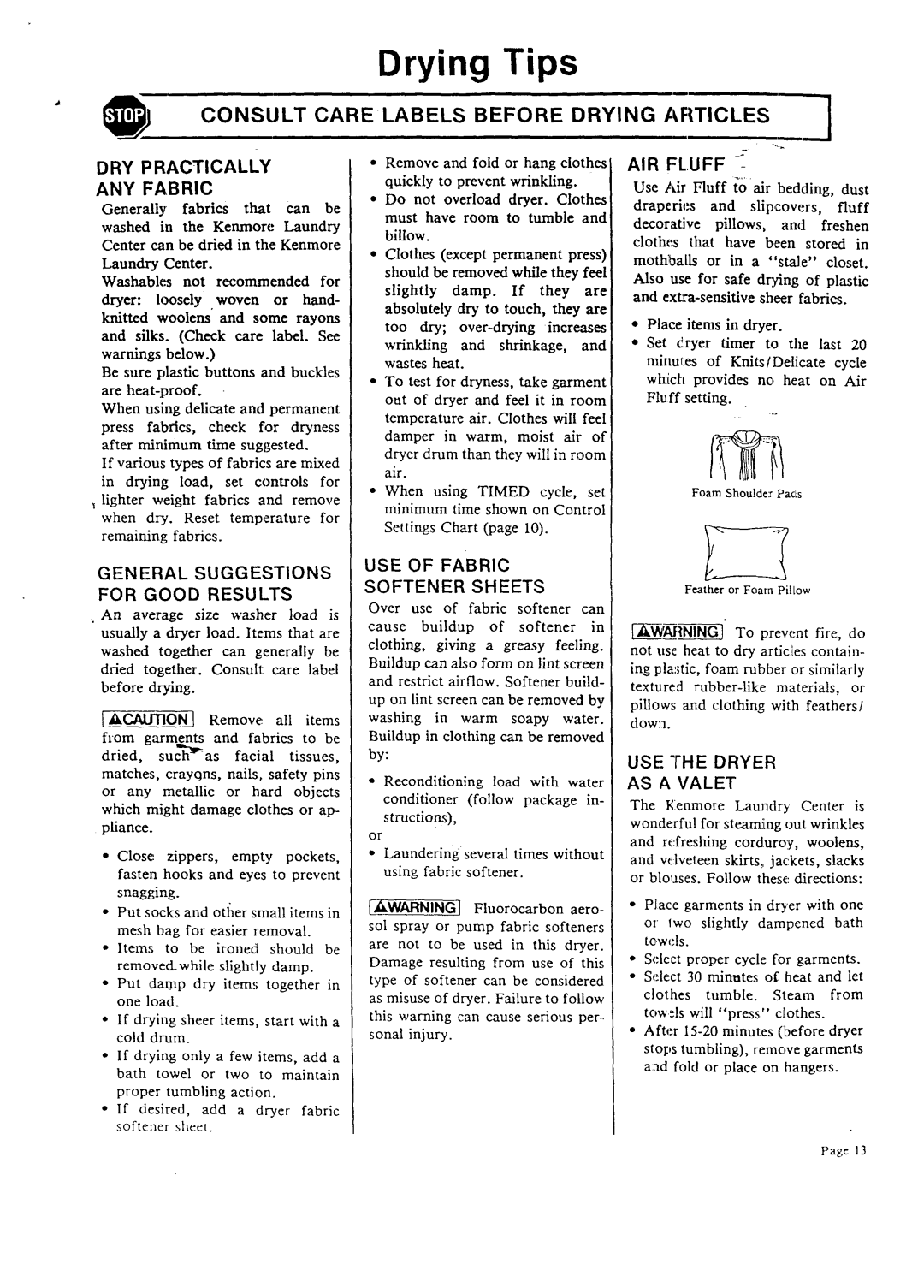95761, 95701 specifications
Sears 95701 and 95761 are two notable model series that have become synonymous with quality, performance, and innovation in the retail landscape. These models have evolved over the years, incorporating various features and technologies that cater to the needs of both consumers and businesses alike.One of the defining characteristics of Sears 95701 is its user-centric design. This model has been tailored to offer convenience, with intuitive controls and easy navigation systems that enhance the user experience. The operational efficiency of the 95701 is notable, utilizing advanced technology that reduces energy consumption while still delivering a high level of performance. The integration of smart technology allows for seamless connections to other devices, thus facilitating easier management of tasks.
On the other hand, the Sears 95761 model takes a more robust approach, emphasizing durability and strength. This model is built to withstand rigorous use, making it an ideal choice for both commercial and residential environments. Its sturdy construction ensures longevity, while enhanced safety features protect users during operations. Furthermore, the 95761 incorporates advanced analytics capabilities, providing users with feedback that can be used to optimize performance and enhance productivity.
Both models showcase innovative technologies that distinguish them in the market. The incorporation of cross-functional capabilities enables each model to serve multiple purposes, making them versatile solutions for users. The advanced thermal management system found in both models ensures that they maintain optimal performance levels, even under high-demand conditions.
The features of Sears 95701 and 95761 are also complemented by their aesthetic design. Both models offer a sleek, modern appearance that can fit seamlessly into various settings, whether in a home or commercial space. This design choice does not compromise functionality; rather, it enhances user interaction and satisfaction.
In conclusion, Sears 95701 and 95761 stand out in the crowded marketplace by combining advanced technology with user-centric features. While one model focuses on convenience and smart connectivity, the other emphasizes strength and safety. Together, they represent a commitment to quality and innovation, catering to diverse needs across different sectors. With these models, consumers can expect reliable performance, enhanced durability, and a suite of features that make everyday tasks easier and more efficient.

